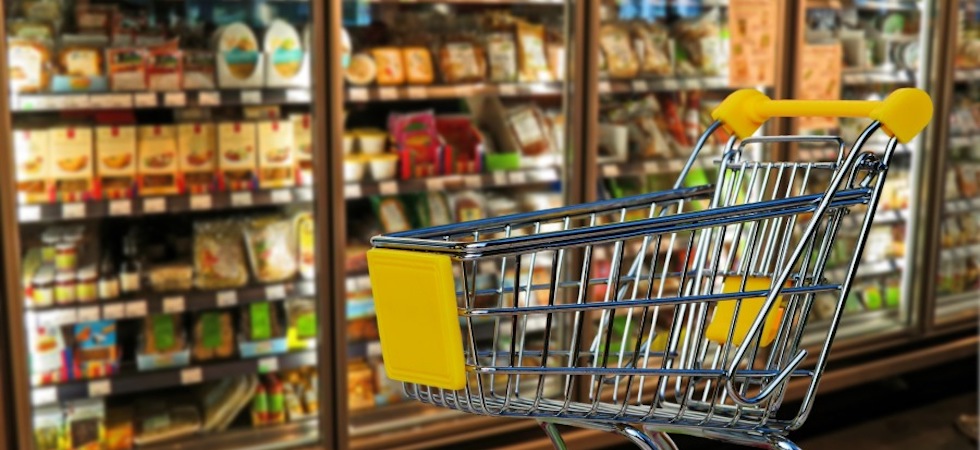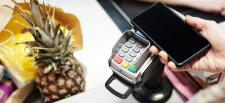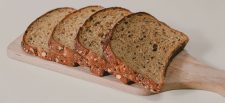Kantar has released its latest grocery market share figures, which indicate that grocery price inflation continues to fall and now stands at 12.7% for the four weeks to 6th August 2023.
Overall take-home grocery sales increased by 6.5% over the same period, down from 10.4% in the month of July.
Fraser McKevitt, head of retail and consumer insight at Kantar, explained: “The latest slowdown in price rises is the second sharpest monthly fall since we started monitoring grocery inflation in this way back in 2008.
“Prices are still up year on year across every supermarket shelf, but consumers will have been relieved to see the cost of some staple goods starting to edge down compared with earlier in 2023. Shoppers paid £1.50 for four pints of milk last month, down from £1.69 in March, while the average cost of a litre of sunflower oil is now £2.19, 22 pence less than in the spring.”
Own-brand sales were up by 9.7%, while branded products rose by 6.4% in the same four week period.
McKevitt added: “Own-label sales continue to outpace branded, although the gap between the two is closing. Buying supermarket lines is just one of the ways people have been trying to save money at the tills and we can see the impact on how much they are spending.
“The average increase in households’ weekly grocery shop is £5.13 compared with last year, well below the £11.27 extra they would have paid if consumers had bought exactly the same items as 12 months ago based on the current rate of inflation.”
Challenges arise for businesses
News of Wilko falling into administration has shown the extent to which some businesses are being challenged, said Kantar.
McKevitt explained: “Wilko is a popular choice for many shoppers with 7.6 million households visiting its stores to buy groceries in the last year. Grocery items make up just under half of its sales… Wilko’s rivals will be keeping a close eye on its fortunes in the coming days and weeks as they look to draw some of its shoppers through their doors.
“It was a better month for Barbie than barbecues this July as the rain put a spanner in the works for many consumers’ outdoor plans – a stark comparison to last year when we experienced the hottest day on record. Volume sales of ice creams were down by 30%, while soft drinks sales were nearly a fifth lower than 12 months ago. Halloumi, a new staple of the British summer menu with shopper numbers growing by 218% since a decade ago, was also down by 27%.”
Supermarkets see another rise in sales
Tesco and Sainsbury’s were the leading supermarkets in August, their sales increasing by 9.5% and 9.3% respectively over the 12 weeks to 6th August. Tesco raised its market share from 26.9% in 2022 to 27% in 2023, while Sainsbury’s remained at 14.8%. Asda sales were up 7.7% in the last month, with Asda now accounting for 13.7% of the market. Morrisons reported an 8.7% share as sales grew 2.3% compared with last year.
Aldi was the fastest growing retailer for the fourth month in a row, with sales increasing by 21.2% from 2022. Its market share now sits at 10.2%, a rise of 1.1 percentage points year on year. Lidl’s sales grew by 19.8%, with the retailer now holding 7.7% of the market.
Waitrose and Co-op sales rose by 4.4% and 3.4%, giving the retailers market shares of 4.4% and 6.1%. Iceland’s sales increased by 6.7% to take a 2.3% share, while online retailer Ocado’s share is now at 1.7% after sales grew by 1.4%.









